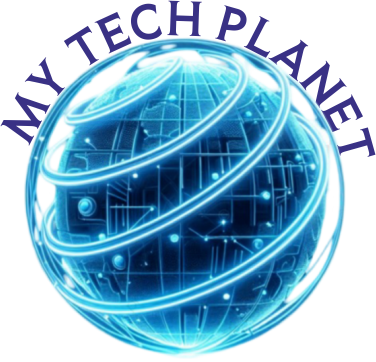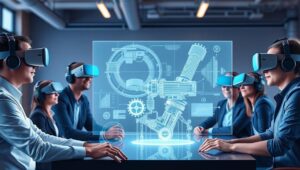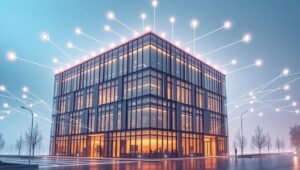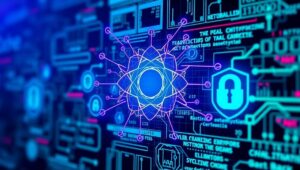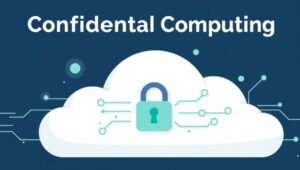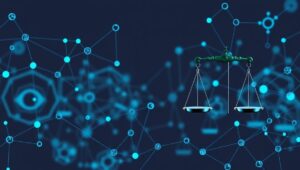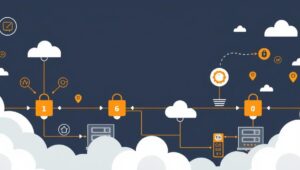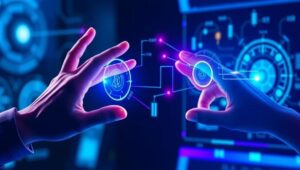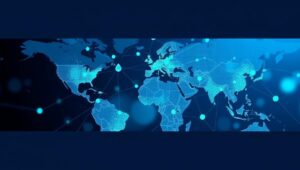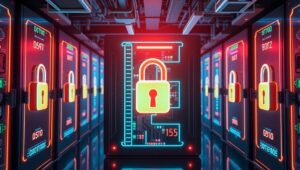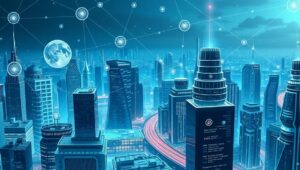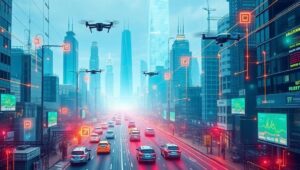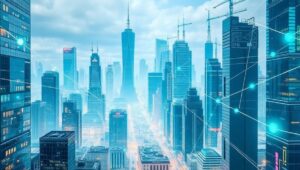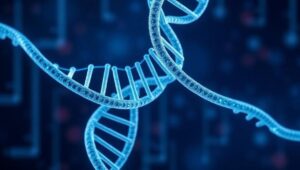May 19, 2025
Enterprise Adoption of AR/VR for Training and Collaboration (2025+)
Enterprise Adoption of AR/VR for Training and Collaboration (2025+) The integration of augmented reality (AR) and virtual reality (VR) technologies into enterprise training and collaboration is poised for significant growth beyond 2025. This article examines the drivers, applications, challenges, and future trends shaping the adoption of AR/VR in the corporate world. Drivers of AR/VR Adoption Several factors are propelling the adoption of AR/VR within enterprises: Enhanced Training Capabilities: AR/VR offers immersive, hands-on training experiences that improve knowledge retention and skill development compared to traditional methods. Improved Collaboration: Remote teams can collaborate in shared virtual environments, enhancing communication and productivity. Cost
